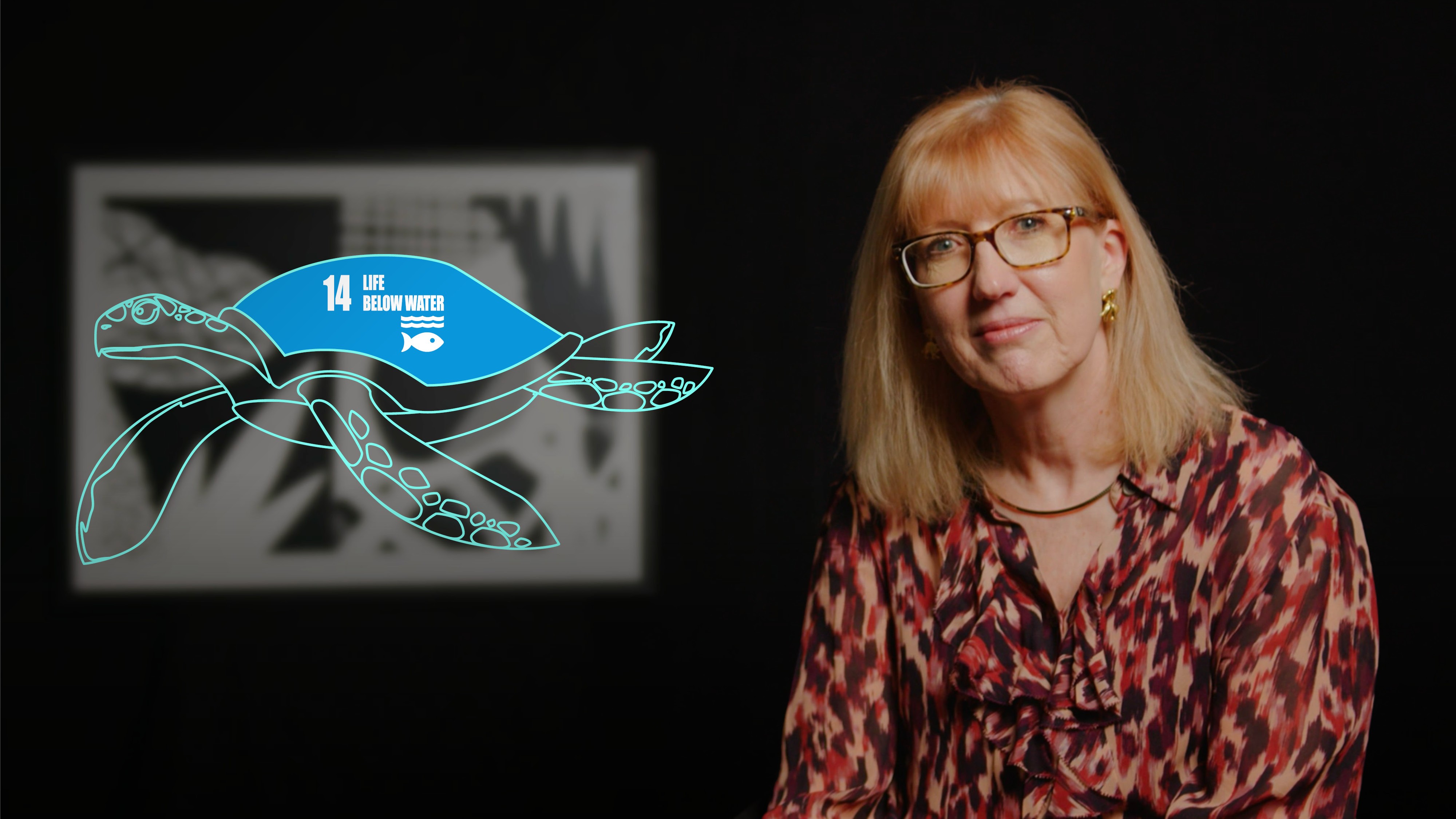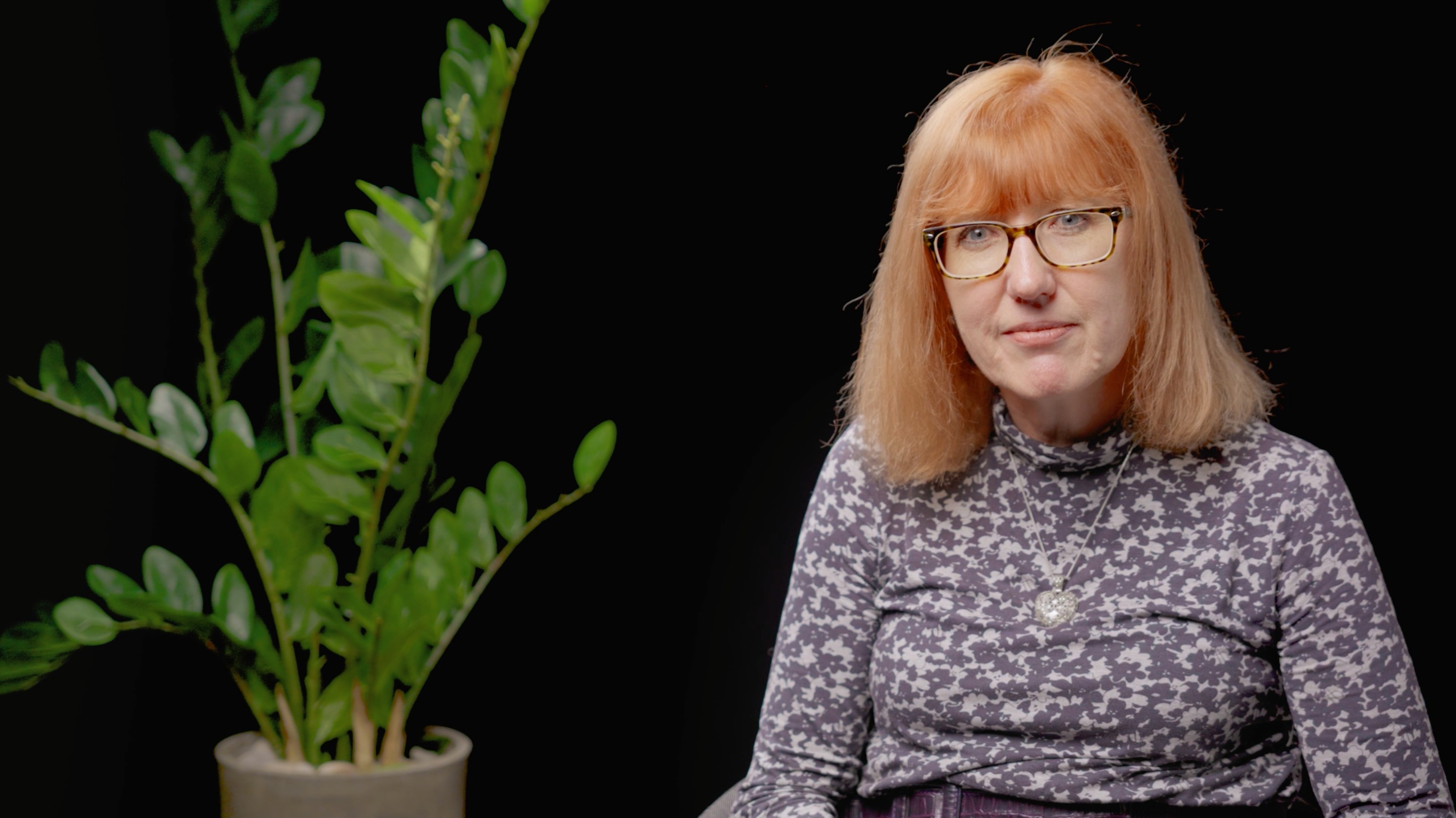
Environmental Sustainable Development Goals I

Wendy Whewell
22 years: ESG & Climate Change
In this video, Wendy discusses the UN Sustainable Development Goal (SDG) 13 - Climate Action.

In this video, Wendy discusses the UN Sustainable Development Goal (SDG) 13 - Climate Action.
Subscribe to watch
Access this and all of the content on our platform by signing up for a 7-day free trial.

Environmental Sustainable Development Goals I
10 mins 49 secs
Key learning objectives:
Understand the purpose of the Sustainable Development Goals and the different broad groupings of SDGs
Outline SDG 13: Climate Action and the progress that has been made towards it
Overview:
The Sustainable Development Goals (SDGs), established by the United Nations in 2015, are a set of 17 targets aiming to create a more equitable, prosperous, and peaceful world by 2030. The SDGs, applying to all UN Member States, are not legally binding but are expected to be implemented through national frameworks. The goals focus on three broad areas: the environment, individual wellbeing, and social infrastructure. The UN has defined 169 specific targets and 232 indicators to make the goals actionable. SDG 13, 'Climate Action', is a crucial goal that urges urgent action to combat climate change and its impacts. As of 2021, 123 countries had adopted national disaster risk-reduction strategies, but global emissions are projected to increase by 14% this decade. Additionally, the target to mobilise $100bn annually from developed countries to assist developing ones in combating climate change has not yet been met.
Subscribe to watch
Access this and all of the content on our platform by signing up for a 7-day free trial.
What are the Sustainable Development Goals and what are they trying to achieve?
The Sustainable Development Goals (SDGs) are 17 interconnected goals established by the United Nations in 2015 as a shared blueprint for peace, prosperity, and sustainability. The SDGs strive to end poverty, protect the planet, ensure prosperity, foster peace, and bolster global partnership. They aim to transform the world into a fairer, more prosperous, and peaceful society by 2030 while balancing the economic, social, and ecological dimensions of sustainable development. Though not legally binding, all UN Member States are expected to establish national frameworks to achieve these goals domestically. The SDGs are actionable through 169 specific targets and 232 indicators.
What is SDG 13 trying to achieve?
SDG 13, Climate Action, aims to urgently combat climate change and its impacts. Recognising the escalating climate crisis, this goal has five targets: strengthening resilience and adaptive capacity to climate-related disasters; integrating climate change measures into policies and planning; building knowledge and capacity to meet climate change; implementing the UN framework convention on climate change, which includes mobilising $100bn annually to developing countries by 2020; and promoting mechanisms to raise capacity for planning and management. These targets, measured by nine indicators, seek to mitigate the increasing risks of wildfires, hurricanes, droughts, floods, and other climate change-induced natural disasters that impact human lifestyles and economic development.
What progress has been made towards SDG 13?
Progress towards SDG 13, Climate Action, has been varied. By the end of 2021, 123 countries had adopted national disaster risk-reduction strategies, up from 55 in 2015, showing progress in strengthening resilience to climate disasters. However, efforts to limit global warming to 1.5℃ by reducing emissions have fallen short, with expectations of a 14% increase in global emissions by 2030. Additionally, the target of mobilising $100bn annually by 2020 from developed countries to aid developing countries was missed, though it's expected to be met by 2023. Thus, significant work remains to fully achieve this goal.
Subscribe to watch
Access this and all of the content on our platform by signing up for a 7-day free trial.

Wendy Whewell
There are no available Videos from "Wendy Whewell"


























